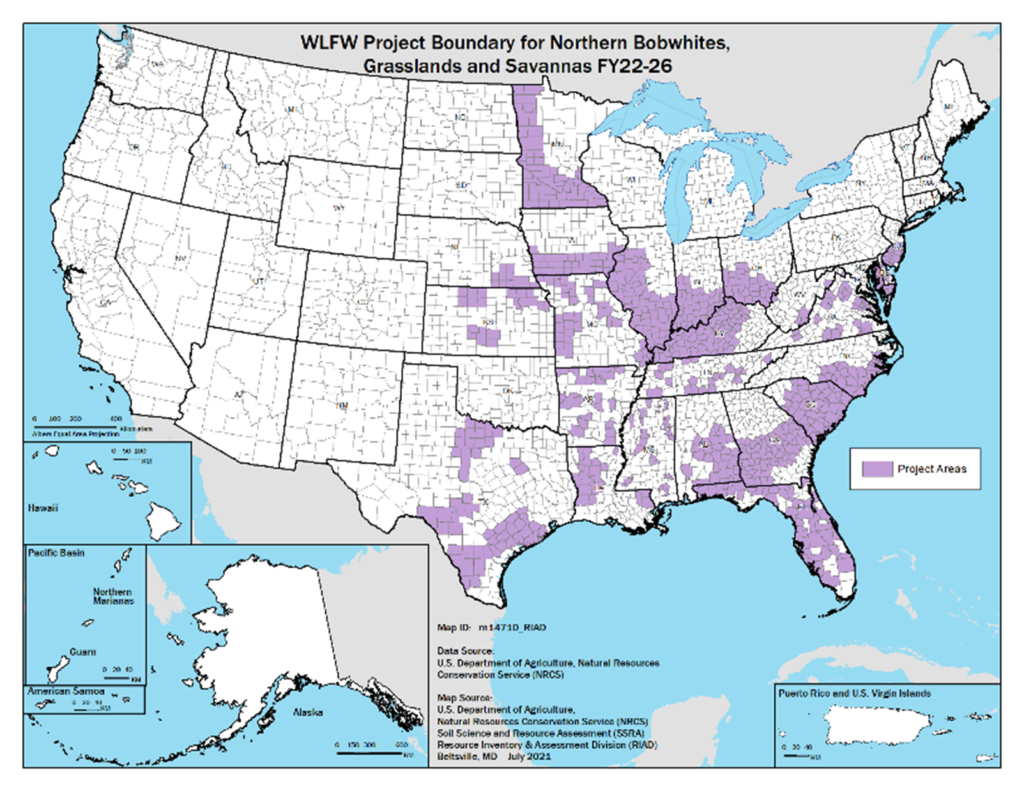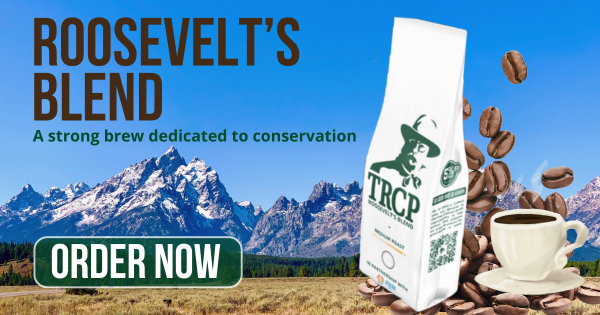In the latest global climate report, scientists have a sobering message about fish and wildlife habitat reaching a tipping point
Late last summer, we shared with you TRCP’s readout on the latest global climate report put together by the United Nations’ Intergovernmental Panel on Climate Change. The main takeaway was that climate change is already affecting every inhabited region across the globe, leaving no question that fish and wildlife habitat in the U.S. is being impacted.
To double down on this message that climate change is already affecting your hunting and fishing opportunities—not just those of future generations—we’d like to draw your attention to the IPCC’s second installment of the four-part report. In this installment, scientists have focused on risks, vulnerability, and the adaptation and mitigation of climate impacts.
The epic 3,600-page document further explains how we know climate impacts are already happening, that they are more widespread and intense than we realized, and they will continue to get worse as warming continues. Here’s what sportsmen and sportswomen need to know.
Impacts to Hunting and Fishing
Our lives are already deeply impacted by climate change. Our new normal is punctuated by extreme weather events, such as catastrophic fires and more frequent and destructive floods and hurricanes.
Hunters and anglers—who are on the front lines, spending significant time in the affected habitats—are also experiencing and reporting changes to the environment. These include shifts in the seasonal ranges of certain species, earlier or later season start times, waters that are too low or too hot to fish, reduced snow cover, repeated freeze-thaw cycles, and habitats degraded and fragmented by drought, fire, or flooding. In addition to ecosystem losses and damages, climate change is challenging our agriculture system, limiting water availability, and damaging infrastructure and the economy.
This latest IPCC report makes clear that climate change is threatening our way of life, and in some cases, our livelihoods.
What We Didn’t Expect
Unfortunately, this latest analysis gets worse: some losses from climate change are already irreversible—and more are approaching a point of no return.
We’ve experienced the first species extinction driven by climate change, and species loss at a local level has been elevated because of periods of extreme heat. Around half of the species assessed globally by IPCC scientists have moved to higher latitudes or higher land elevations. The permafrost found within North America in Alaska and Canada is melting, which allows additional carbon dioxide and methane to be released into the atmosphere, while also causing flooding, erosion, and habitat fragmentation.
The impacts to biodiversity reduce the ability of an ecosystem to function, recover, and adapt to change. Affected habitat is less able to provide services like water filtration and recharge or carbon storage, which combats climate change.
What We Can Do
Climate change and biodiversity are interconnected and interdependent, meaning that the breadth and variety of life in a particular habitat is altered by climate change, and in turn, the ecosystem services normally provided by these species and the landscape cannot serve as an important tool to support climate change mitigation and adaptation.
Put another way: Continued unsustainable use and management of our land, water, and wildlife will support continued global warming, and every bit of warming will further degrade ecosystems, weakening habitat and reducing our food and water security.
Though the report presents a bleak reality and grim future, it also highlights the importance of nature-based climate solutions and continued conservation. Many of the TRCP’s top conservation priorities would reverse habitat loss and wildlife species declines, strengthening the U.S. economy and delivering carbon storage solutions. This includes better land-use planning, more climate-smart agricultural practices, and restoration and conservation of forests, peatlands, grasslands, coastal and inland wetlands, and headwaters and natural river systems.
We believe in this work and your need to understand the challenges we face. Do you have a question about the impacts of climate change on hunting fishing? Leave a comment and we may address your question in an upcoming blog or social media post.
Top photo courtesy of the U.S. Forest Service / Cole Barash via Flickr.






